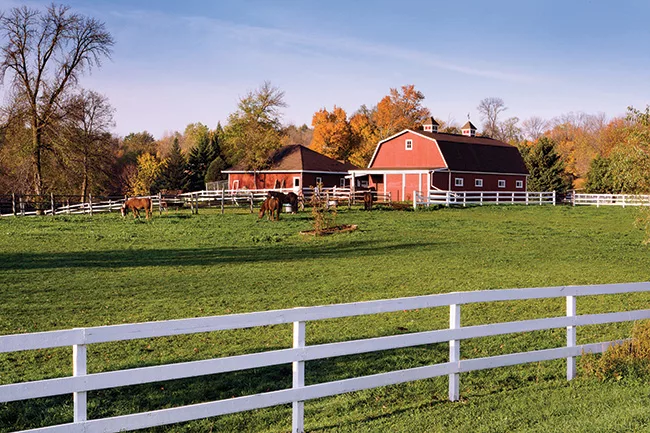American Farriers Journal
American Farriers Journal is the “hands-on” magazine for professional farriers, equine veterinarians and horse care product and service buyers.

Many hoof problems are caused by the environment the horses’ feet are subjected to, or inadequate nutrition or genetics. Some horses inherit thin soles, small feet, or crooked legs. In most instances, horse owners can prevent serious problems with good care — and with the help of a farrier to correct small problems before they become large ones.
Thrush usually affects the cleft and grooves of the frog. This “hoof rot” is characterized by black necrotic (dead) tissue, caused by pathogenic organisms that thrive in wet/decaying material such as mud or manure.
Lack of ventilation in the hoof makes it susceptible to thrush; these pathogens prefer a damp, dark, airless environment. If the hoof is always packed with dirt, mud or manure, lack of air next to the frog and constant moisture allow infection to flourish. A hoof that is clean and dry is less likely to develop thrush.
It is important to treat thrush, because it can affect the overall integrity of the foot and interfere with its proper function.
Trauma to the inner tissues of the foot beneath the sole can rupture small blood vessels, creating a bruise. If the horse steps on a sharp rock, crushing blood vessels between the sole and the coffin bone, the internal bleeding and pressure buildup can create pain and lameness.
A serious bruise may abscess and require treatment. Your farrier or veterinarian can open and drain the abscess, show you how to soak the foot and treat it.
…